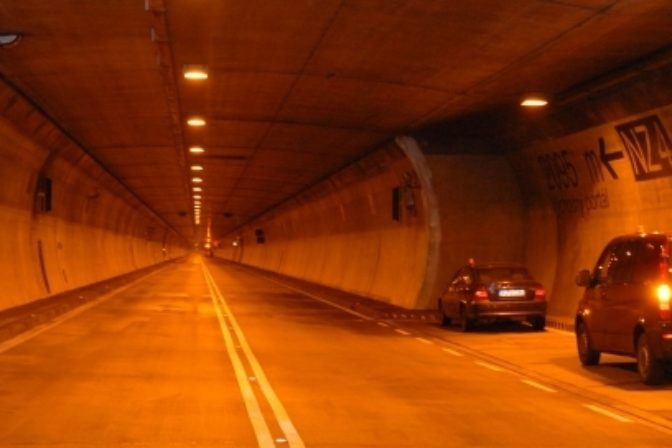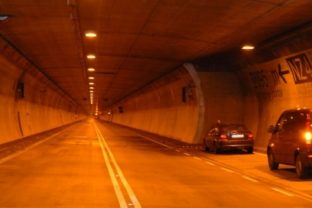BRATISLAVA, October 22, (WEBNOVINY) — Nearly half of respondents in a survey have not met with understanding the first hundred days of the government of Prime Minister Iveta Radicova. Nearly 49 percent of respondents evaluate her government’s performance so far negatively. On the other hand, however, she was praised by more than two-fifths of the respondents. This is the outcome of a telephone survey, conducted on October 16 -18 by the agency Polis Slovakia on a representative sample of 902 respondents. Jan Baranek of Polis Slovakia provided this information to SITA news agency.
However, Slovaks evaluated positively the Prime Minister herself. Radicova took first place in the chart of positive evaluation of individual Cabinet members with almost thirty percent support. Distant second was Finance Minister Ivan Miklos, with twelve percent and a third Transport Minister Jan Figel with nearly eleven percent. Behind them followed Interior Minister Daniel Lipsic, Agriculture Minister Zsolt Simon and Foreign Minister Mikulas Dzurinda. Last places on the chart belong to Labor Minister Jozef Mihal and Justice Minister Lucia Zitnanska with 2.5 percent and Culture Minister Daniel Krajcer with only slightly more than two percent. Other ministers together only got four percent support, and nearly one-third of respondents could not comment on the issue.
Two of the four survey questions related to stability of the four-party center-right governing coalition. According to 55 percent of Slovaks, its future is most threatened by SaS (Freedom and Solidarity). MOST-HID is blamed for instability in the coalition by 8.5 percent and 5.3 percent of respondents point their finger at the KDH. The SDKU-DS is deemed the least stable party in the coalition by only two percent of respondents. Again nearly one-third of respondents but could not take a stand to this question. Similar results were achieved in answers to the question about the most stable party in the coalition according to the opinion of respondents. Most of them, over two-fifths, trust the stability of the SDKU-DS, followed by KDH with ten percent trusting its stability and MOST-HID with almost ten percent. Respondents again evaluate the SaS rather negatively in terms of stability, as only three percent view it as the strongest element in the coalition. Again, a large number, more than a quarter of respondents, could not answer the question.
SITA












